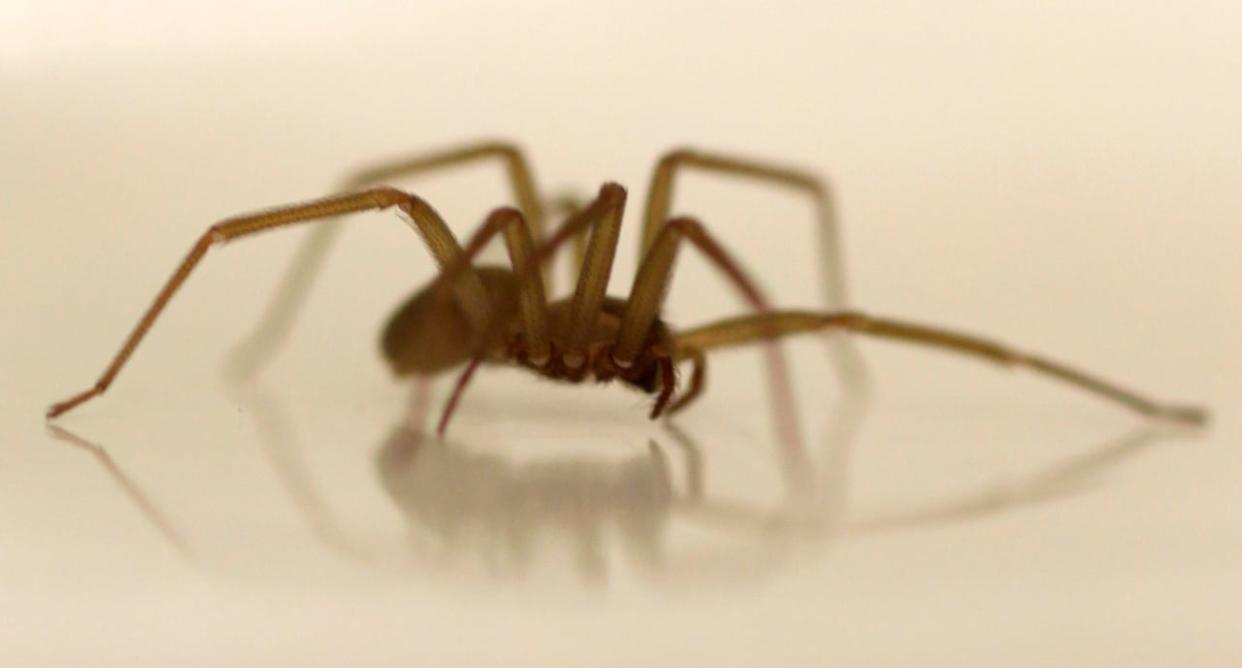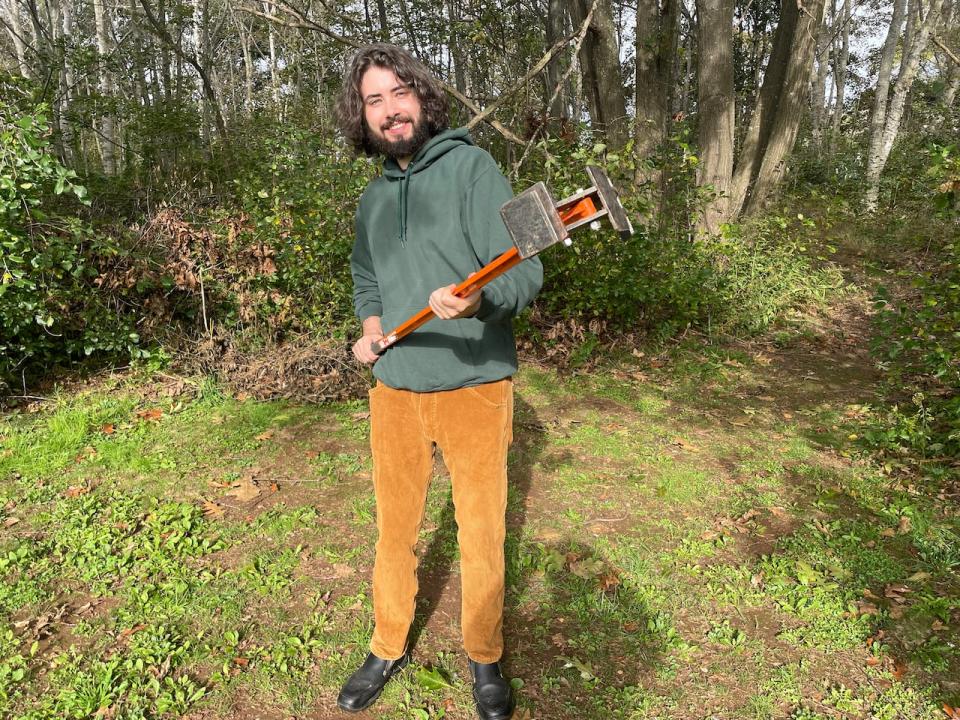No, poisonous spiders have not migrated to P.E.I. — yet

This story is from this week's episode of the new CBC podcast Good Question, P.E.I.
Good Question, P.E.I. is available on the CBC Listen app, or wherever you get your podcasts.
It might be creepy and gross, but good news — that itsy-bitsy spider that went up your water spout is likely not poisonous.
If you've heard rumours that the venomous brown recluse spider is spinning its web on the Island, don't believe them.
Sarah Bernath had heard them, and reached out to the CBC podcast Good Question, P.E.I., for confirmation.
"Like most Islanders, we have a woodpile outside and I just grab logs without thinking about it. If I knew there was a poisonous or venomous spider living there, you know, I might put some gloves on. I might be just a little bit more careful."
Couldn't agree more.
"Do they like damp environments? Dry?" Bernath continued. "Should I be worried when I go down into my basement?"
Should you? The question got podcast host Nicola MacLeod firing off emails to anyone with "spider" or "invasive species" in their job title.
Clay Cutting, a technician with the P.E.I. Invasive Species Council, put the fears to rest.
"We do not have brown recluse spiders on Prince Edward Island," he said confidently. "The chances of the brown recluse spider being on P.E.I. are pretty much the same as they would be, I would say, in a place like the Arctic North."

Clay Cutting, shown holding a tool for digging out invasive plants, is also qualified to answer questions about unwanted insects on Prince Edward Island. (Ken Linton/CBC)
Cutting had heard the rumours, too. In 2017, a Nova Scotia man thought he had been bitten by a brown recluse spider.
Brown recluse spiders look much like a typical spider, not a tarantula or anything big and hairy. They are typically found in the southern and midwestern U.S.
If they did get here, Cutting said, it would likely by being imported on something like produce heading to a grocery store or nursery stock destined for a garden centre.
"If you are in an area with the invasive species and it just happens to get stuck to your clothing, if you move to another area with that invasive species, it can get moved around as well. So it can happen and it's something that you should probably still be aware of.
"But I wouldn't say it's something to be scared of, or to fear."

Christine Noronha, an entomologist with Agriculture and Agri Food Canada, says warming temperatures could push some southern-based insects our way. (Kevin Yarr/CBC)
Christine Noronha, an entomologist with Agriculture and Agri Food Canada, said poisonous black widow spiders have been known to enter our region in bags of grapes.
But no brown recluse spiders. And even if they did get here, she said, they are, like the name suggests, reclusive. And they likely wouldn't survive for long in our cold climate.
That could change if our seasonal temperatures continue to get warmer. Noronha said researchers are tracking insects and have noticed that some are moving farther north.
"We do see more survival happening for the ones that are already present here and there is always that possibility, as temperatures get higher, that some of the insects that are coming in will survive."
For now, though, it's still safe to go down to your basement.
Have a question for an episode? Good Question, P.E.I. wants to hear from you!
Email goodquestionpei@cbc.ca or call our Talkback line at 1-800-680-1898.
More stories from the Good Question, P.E.I. podcast:

